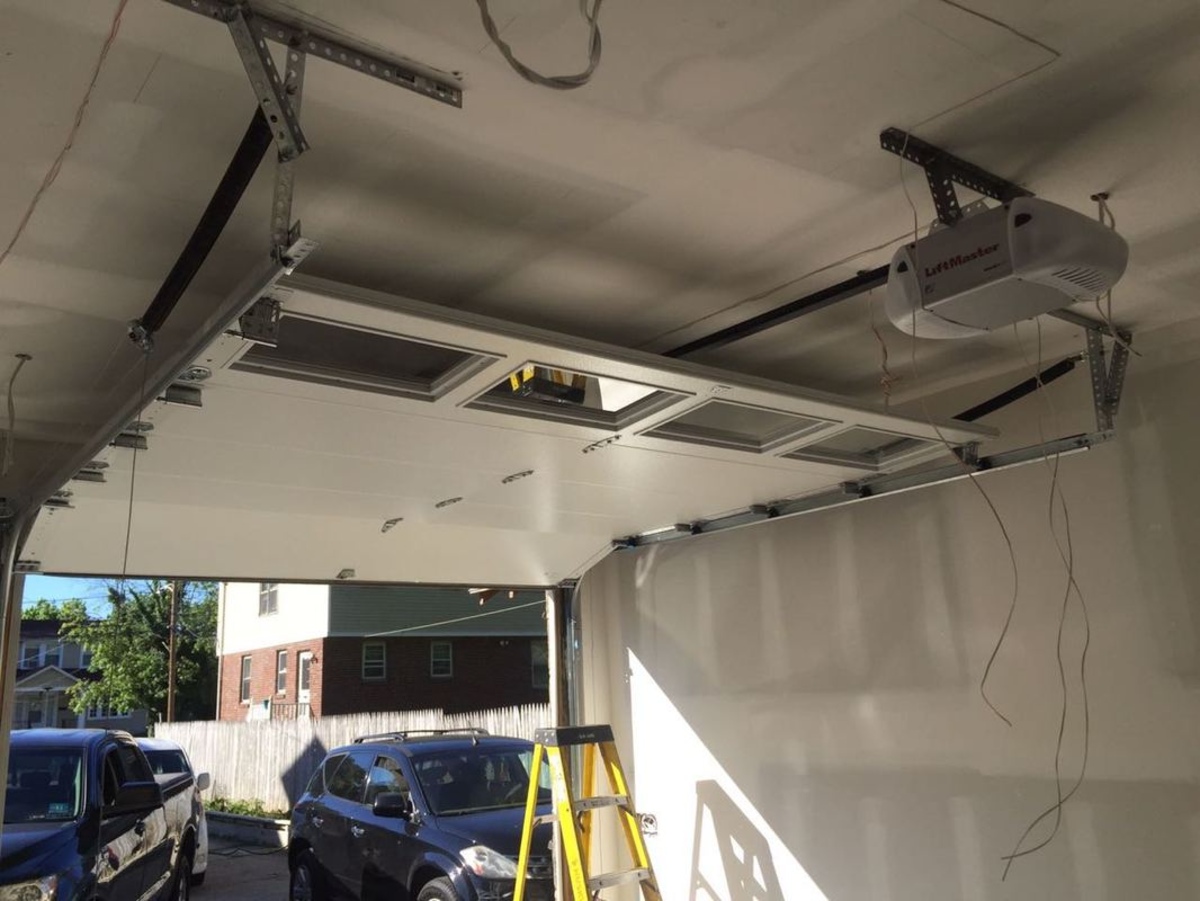

Articles
How To Adjust A Garage Door
Modified: February 23, 2024
Learn how to adjust a garage door with our informative articles. Get step-by-step instructions and expert tips for a smooth operation.
(Many of the links in this article redirect to a specific reviewed product. Your purchase of these products through affiliate links helps to generate commission for Storables.com, at no extra cost. Learn more)
Introduction
Garage doors are an integral part of our homes, providing security, convenience, and protection for our vehicles and belongings. However, over time, garage doors may require adjustments to ensure they are functioning properly.
In this article, we will guide you through the process of adjusting a garage door. Whether your door is not closing properly, making loud noises, or seems unbalanced, these steps will help you troubleshoot and resolve common issues.
Please keep in mind that adjusting a garage door can be a complex process, and it’s always a good idea to enlist the help of a professional if you are unsure or uncomfortable with tackling the task yourself.
Now, let’s dive into the steps to adjust a garage door and get it working smoothly again.
Key Takeaways:
- Regularly maintaining and adjusting your garage door can prevent wear and tear, extend its lifespan, and ensure smooth, efficient functioning for years to come.
- Prioritize safety and caution when adjusting a garage door. Seek professional assistance if unsure or uncomfortable with any step in the process.
Read more: How To Adjust Garage Door Tracks
Step 1: Inspect the Garage Door
The first step in adjusting a garage door is to carefully inspect the door and its components. This will help you identify any obvious issues or damage that may be affecting its operation.
Start by visually examining the door for any signs of wear and tear, such as cracks in the panels, rust, or dents. Look closely at the hinges, rollers, and tracks for any signs of damage or misalignment. If you notice any major damage, it may be necessary to replace the affected parts.
Next, test the door’s operation by manually opening and closing it. Pay attention to how smoothly it moves and listen for any unusual noises or friction. If the door feels heavy or is difficult to open and close, it may be a sign that it is unbalanced or that the springs need adjustment.
During the inspection, also check the weatherstripping along the bottom of the door. Over time, the weatherstripping can become worn or damaged, allowing drafts and debris to enter the garage. If needed, replace the weatherstripping to ensure a tight seal.
By thoroughly inspecting the garage door, you can identify any visible issues and determine the appropriate steps to take in adjusting it.
Step 2: Check the Balance of the Door
The balance of a garage door is crucial for smooth and effortless operation. An unbalanced door can put undue strain on the springs and opener, leading to premature wear and potential safety hazards. In this step, we’ll guide you on how to check and adjust the balance of your garage door.
To begin, close the garage door and disconnect the power to the opener to ensure it won’t accidentally open during the process. You can usually find a disconnect switch or pull cord on the opener motor. Once the opener is disconnected, you can manually operate the door.
Next, raise the door about halfway and release it. If the door stays in place, it is likely properly balanced. However, if the door starts to fall or rise on its own, it is unbalanced.
To adjust the balance, locate the adjustment screws on the torsion spring system. These screws are usually found on the spring bracket and will require a winding tool to turn. Begin by tightening the screws slightly on the side with the higher door travel. Repeat this process, gradually adjusting and testing the balance until the door stays in place when released at the halfway point.
It’s important to note that adjusting the balance of a garage door can be dangerous, as the springs are under high tension. If you’re not familiar with the process or don’t feel comfortable handling it, it’s best to seek professional assistance.
By checking and adjusting the balance of your garage door, you can ensure proper functioning and prevent unnecessary strain on the opener and other components.
Step 3: Adjust the Springs
The springs of a garage door play a crucial role in counterbalancing its weight and making it easier to open and close. Over time, these springs can lose tension or become improperly adjusted, causing issues with the door’s operation. In this step, we will guide you through the process of adjusting the springs on your garage door.
Before proceeding, it’s important to note that adjusting garage door springs can be extremely dangerous. The springs are under high tension and can cause serious injury if mishandled. If you are unsure or uncomfortable with this task, it is best to consult a professional.
Start by identifying the type of springs your garage door has. There are two common types: torsion springs, which are located above the door, and extension springs, which are mounted on either side of the door.
For torsion springs, you will need a winding tool and a sturdy ladder. Use the winding tool to gradually tighten or loosen the springs, depending on the direction you want to adjust the tension. Be cautious and make small adjustments at a time, testing the door’s operation after each adjustment. The goal is to achieve a balance where the door opens and closes smoothly without too much force.
If your garage door has extension springs, you will need to adjust the tension by moving the S-hook or adjusting the position of the hook in the holes on the brackets. Again, make small adjustments and test the door’s operation before making further changes.
Remember, if you are unsure about adjusting the springs or don’t have the necessary tools and expertise, it’s best to leave this task to a professional garage door technician.
Properly adjusted springs ensure the correct balance and smooth functioning of the garage door, minimizing wear and tear on other components and prolonging the lifespan of the door itself.
Regularly lubricate the moving parts of your garage door, such as the rollers, hinges, and tracks, to ensure smooth and quiet operation. Use a silicone-based lubricant for best results.
Step 4: Align the Tracks
The tracks of a garage door guide the rollers and ensure smooth and straight movement. Over time, these tracks can become misaligned due to various factors such as vibrations, impact, or normal wear and tear. In this step, we will guide you on how to align the tracks of your garage door.
Begin by inspecting the tracks to identify any visible misalignment or damage. Look for gaps between the rollers and the tracks, bends or dents in the tracks, or obstructions that may be causing the misalignment.
To align the tracks, loosen the bolts or screws that secure the track brackets to the wall or ceiling. Gently tap or nudge the tracks with a rubber mallet or a block of wood, making sure they are straight and parallel to each other. Use a level to ensure the tracks are perfectly aligned both horizontally and vertically.
Once the tracks are aligned, tighten the bolts or screws to secure the track brackets in place. Be careful not to overtighten, as this can cause the tracks to become misaligned again.
Next, inspect the rollers to ensure they are properly seated in the track. If any rollers appear loose or damaged, replace them as needed. Lubricate the rollers and tracks with a silicone-based lubricant to ensure smooth movement.
Finally, test the operation of the garage door to ensure it moves smoothly along the aligned tracks. If you notice any issues or the door is still not functioning properly, it may be necessary to seek professional assistance.
By aligning the tracks of your garage door, you can prevent unnecessary wear on the rollers, reduce noise, and improve the overall performance of the door.
Read more: How To Adjust Garage Door Opener
Step 5: Lubricate the Moving Parts
Lubricating the moving parts of your garage door is essential for maintaining smooth and quiet operation. Over time, the hinges, rollers, tracks, and other components can become dry and start to squeak or stick. In this step, we will guide you on how to properly lubricate the moving parts of your garage door.
Start by cleaning the tracks and removing any built-up dirt or debris. Use a damp cloth or a brush to gently wipe down the tracks, ensuring they are free from any obstructions.
Next, apply a lubricant specifically designed for garage doors to the hinges, rollers, and track. A silicone-based lubricant is usually recommended as it provides long-lasting lubrication without attracting dust or debris. Avoid using grease or oil-based lubricants as they can accumulate dirt and cause the components to become clogged or sticky.
Apply the lubricant sparingly, ensuring that each moving part is thoroughly coated. Pay special attention to the hinges, where the door bends, and the rollers where they meet the track. Also, lubricate the springs, making sure to apply the lubricant evenly along the entire length.
Once the lubricant has been applied, open and close the garage door a few times to distribute the lubricant evenly and ensure smooth movement. If you notice any excess lubricant, wipe it away with a clean cloth.
It is recommended to lubricate the moving parts of your garage door at least once every six months or more frequently if you live in a particularly humid or dusty environment.
By regularly lubricating the moving parts of your garage door, you can minimize wear and tear, reduce noise, and prolong the overall lifespan of the door.
Step 6: Test the Door’s Operation
After completing the necessary adjustments and maintenance tasks on your garage door, it’s important to thoroughly test its operation to ensure everything is functioning properly. In this final step, we will guide you through the process of testing your door’s operation.
First, reconnect the power to the opener if you had disconnected it earlier in the process. Make sure the area around the garage door is clear of any objects or obstructions.
Using the opener remote or the wall-mounted control panel, open and close the garage door several times. Observe its movement and listen for any unusual sounds, such as grinding or scraping noises.
Pay close attention to the speed and smoothness of the door’s operation. It should open and close evenly without any jerking or sudden stops. If you notice any issues, such as the door not closing or opening fully, reversing unexpectedly, or making excessive noise, further adjustments may be necessary.
If you have a garage door opener with safety sensors, verify that they are properly aligned and functioning. Place an object, such as a broomstick, in the path of the door while closing it. The door should automatically reverse when it reaches the object. If it doesn’t reverse or reverses too late, adjust the sensor’s alignment and sensitivity settings.
Finally, test the manual operation of the door. Disconnect the opener by pulling the release cord, and manually open and close the door from the inside. It should move smoothly and without much resistance.
If you encounter any persistent issues or are unsure about the operation of your garage door, it is recommended to consult a professional garage door technician. They have the expertise and tools to diagnose and address any complex problems.
By thoroughly testing the operation of your garage door, you can ensure that it is functioning safely and reliably for years to come.
Conclusion
Adjusting a garage door is a task that requires careful attention to detail and proper maintenance. By following the steps outlined in this article, you can troubleshoot and resolve common issues that may arise with your garage door.
Remember to start by inspecting the door and identifying any visible damage or misalignment. From there, you can proceed to check the balance of the door and make necessary adjustments to the springs. Aligning the tracks, lubricating the moving parts, and testing the door’s operation are also crucial steps in ensuring its smooth and efficient functioning.
Throughout the process, it is important to prioritize safety and exercise caution. If you are unsure or uncomfortable with any of the steps, it is always a good idea to seek the assistance of a professional garage door technician.
By regularly maintaining and adjusting your garage door, you can prevent unnecessary wear and tear, extend its lifespan, and enjoy the convenience and security it provides for years to come.
Now that you have the knowledge and understanding of how to adjust a garage door, feel confident in taking the necessary steps to keep your garage door operating smoothly.
Frequently Asked Questions about How To Adjust A Garage Door
Was this page helpful?
At Storables.com, we guarantee accurate and reliable information. Our content, validated by Expert Board Contributors, is crafted following stringent Editorial Policies. We're committed to providing you with well-researched, expert-backed insights for all your informational needs.
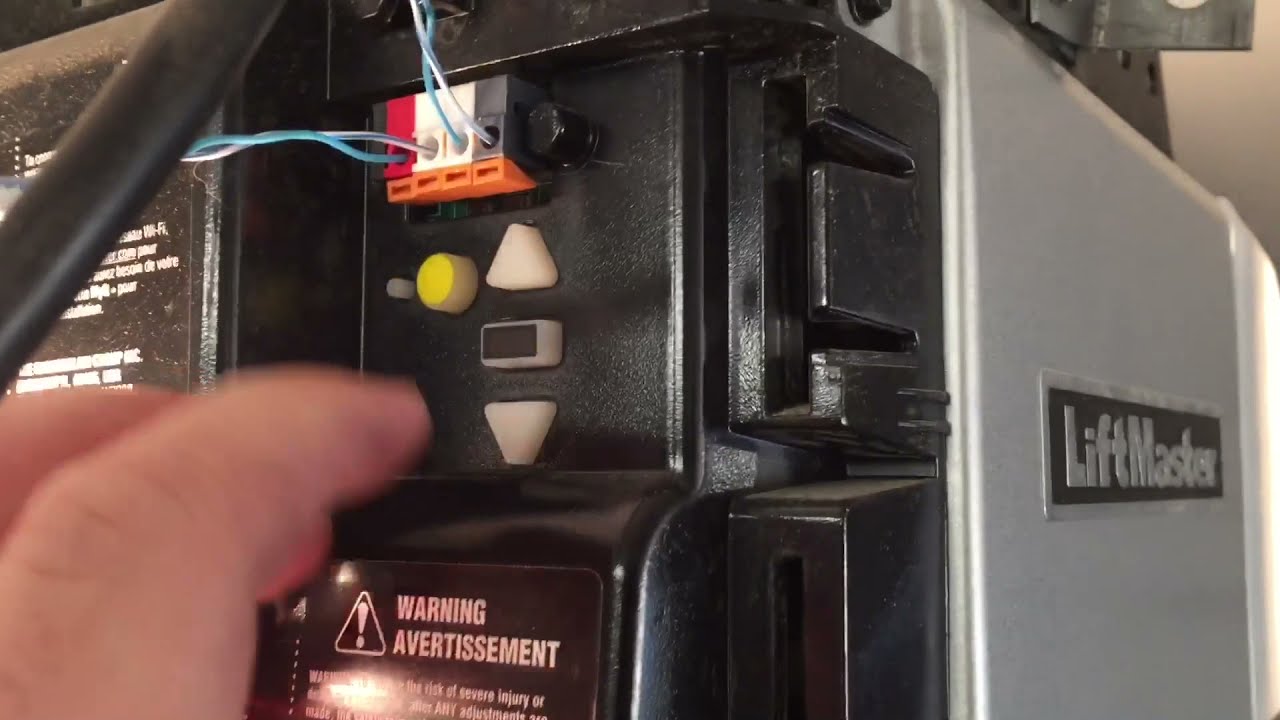
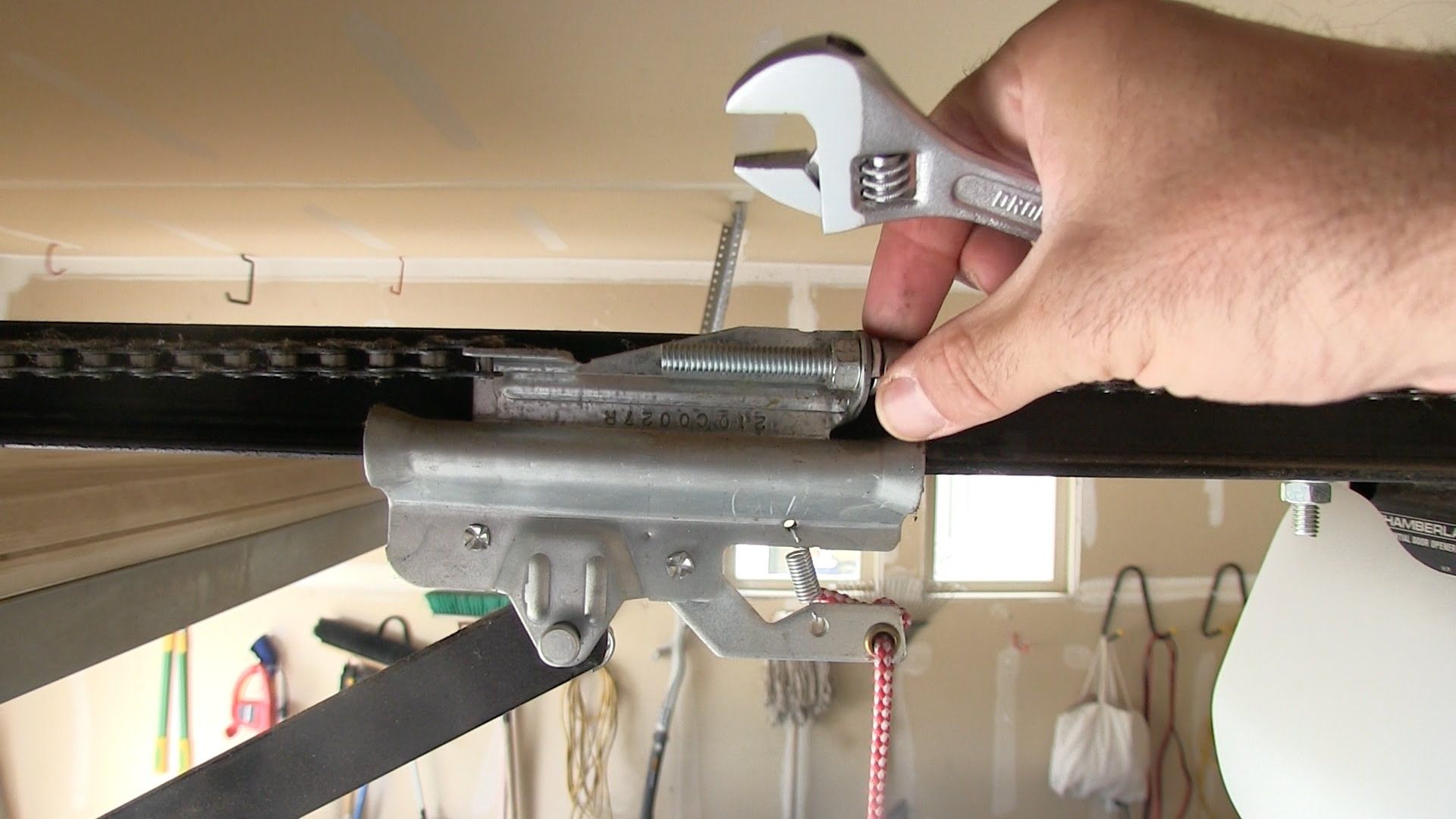
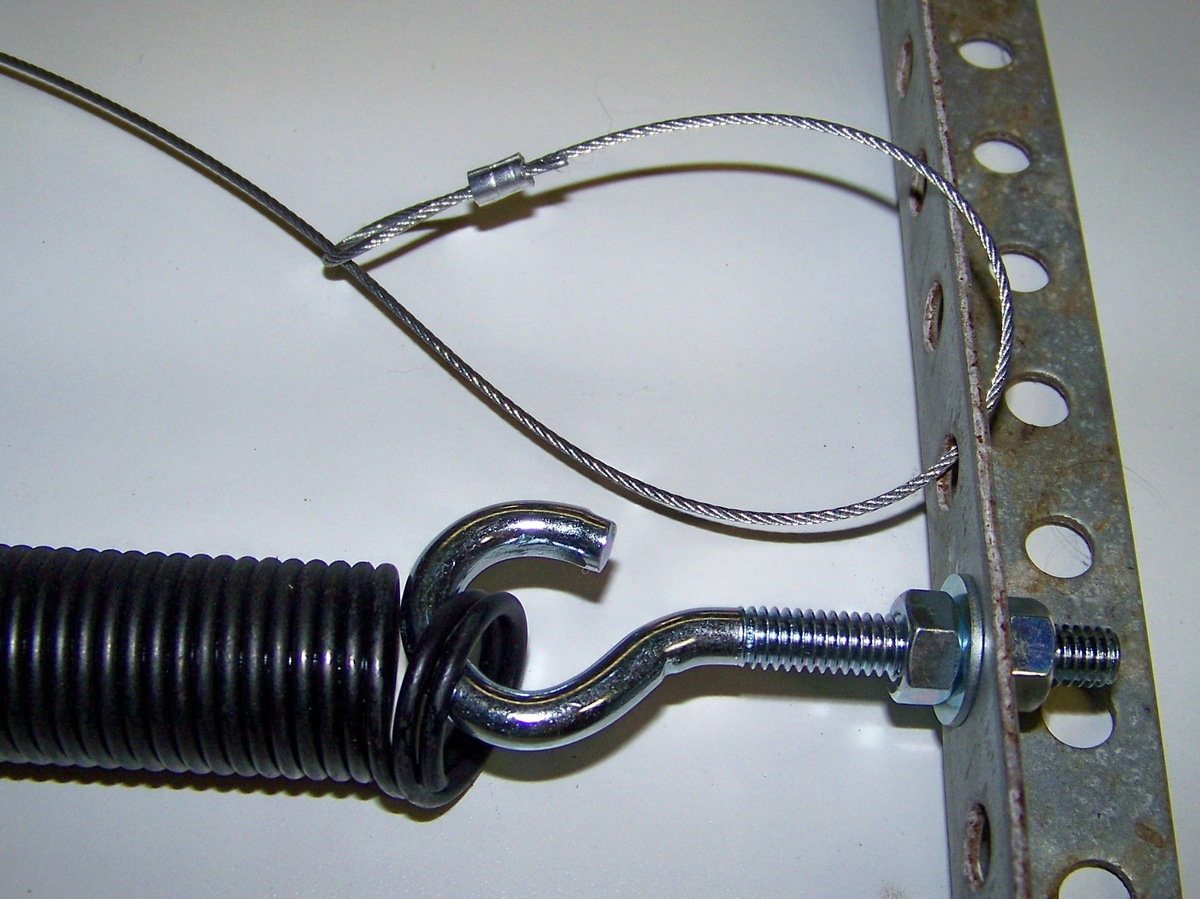
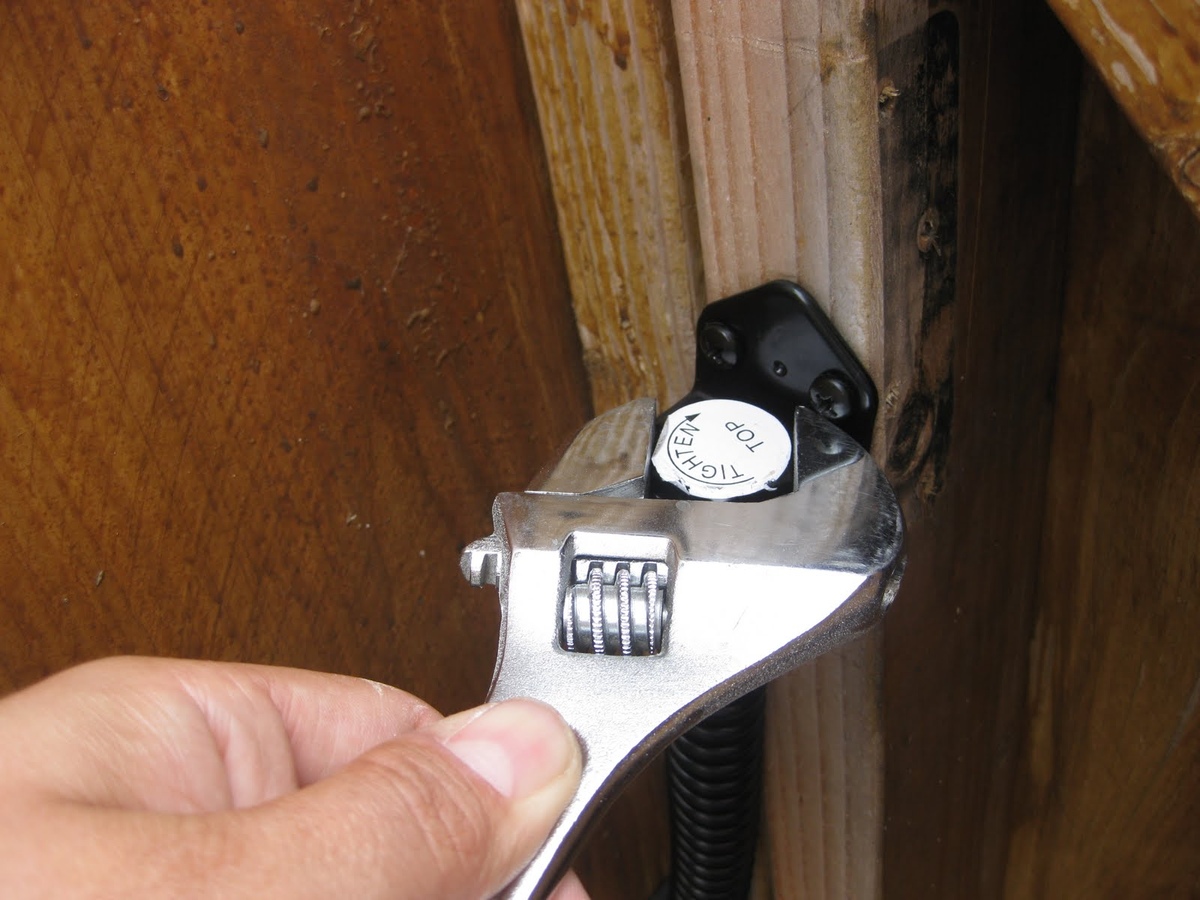
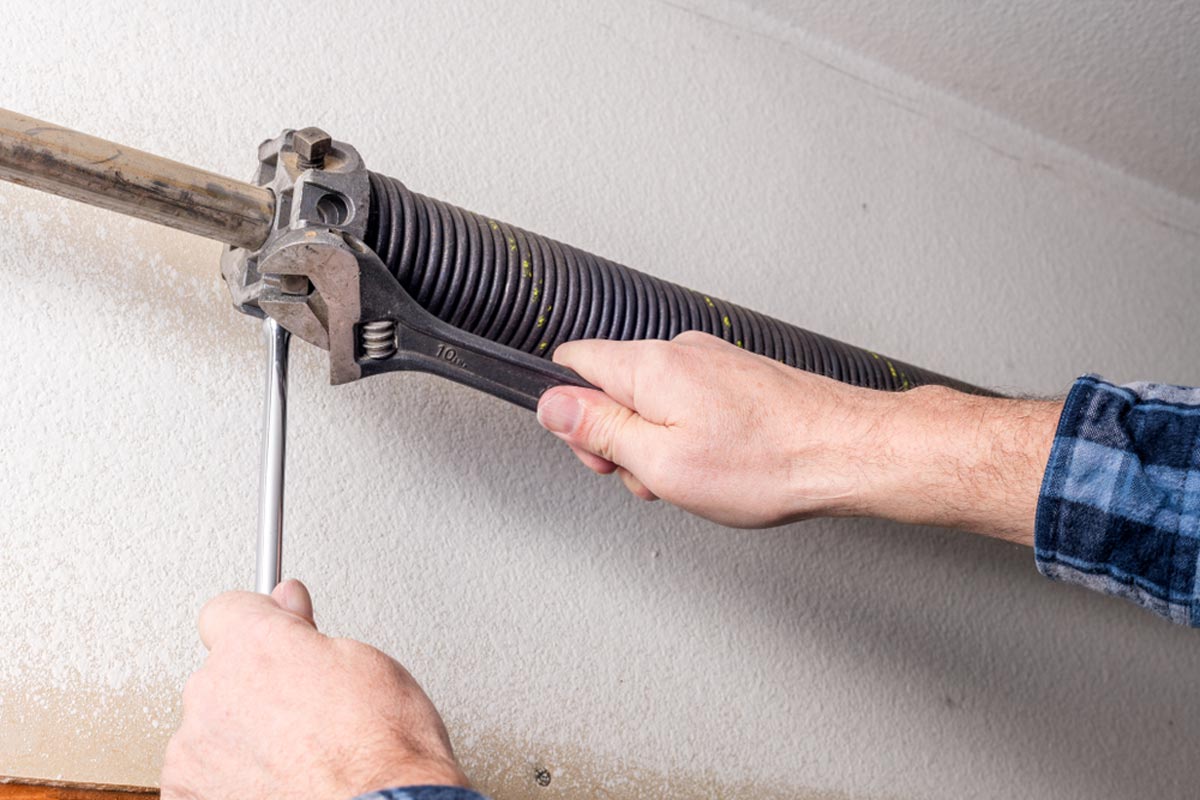
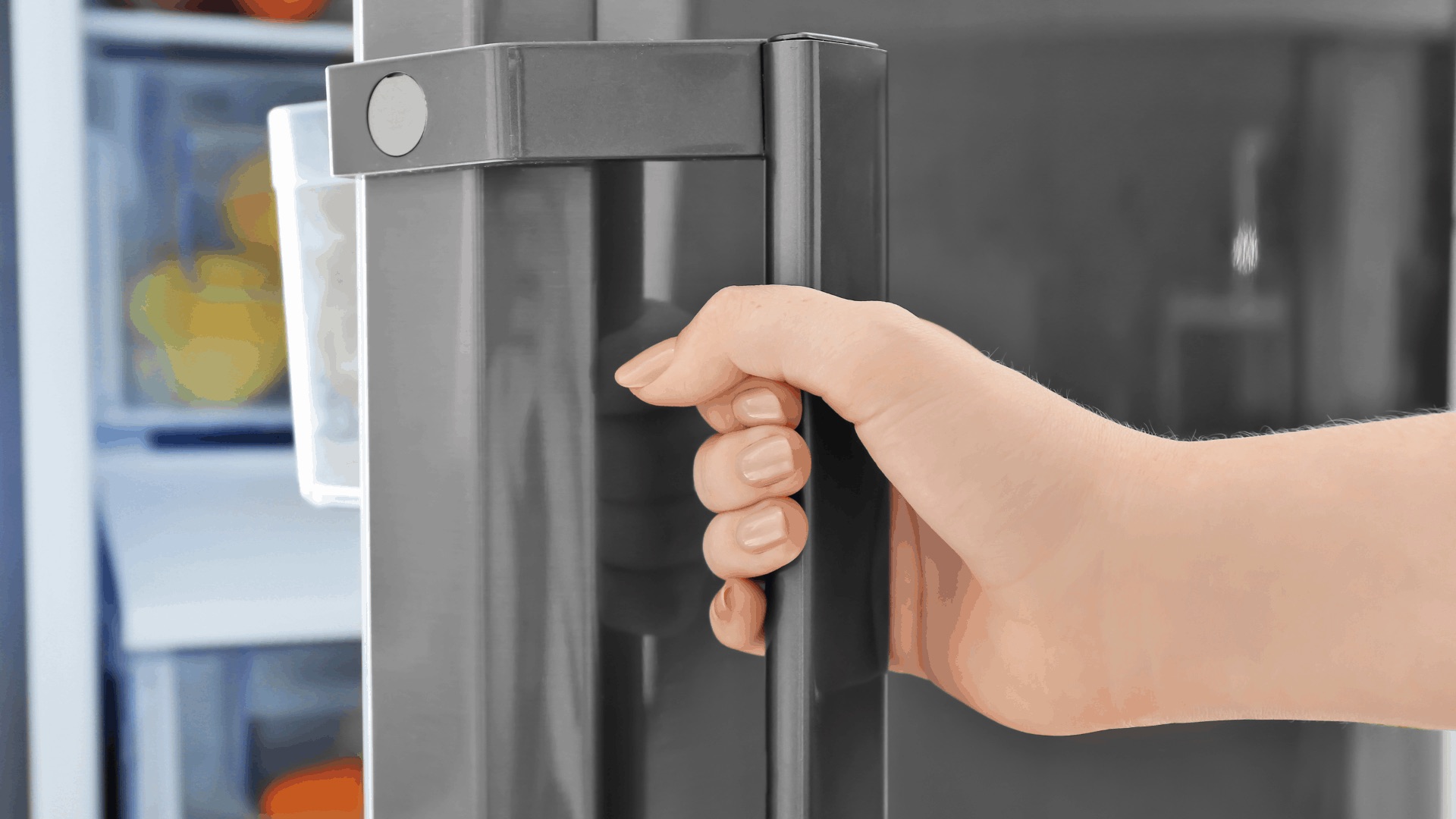
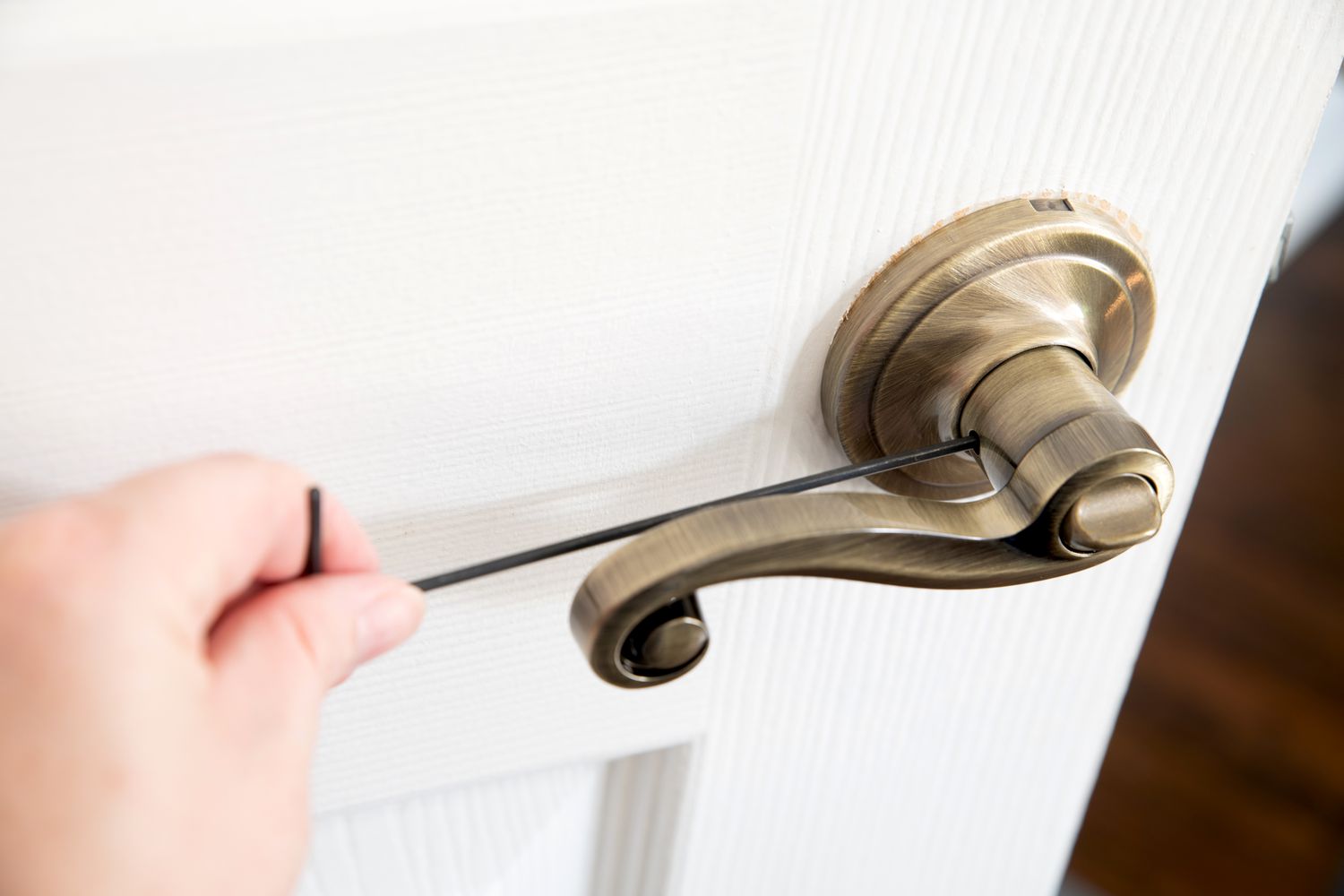
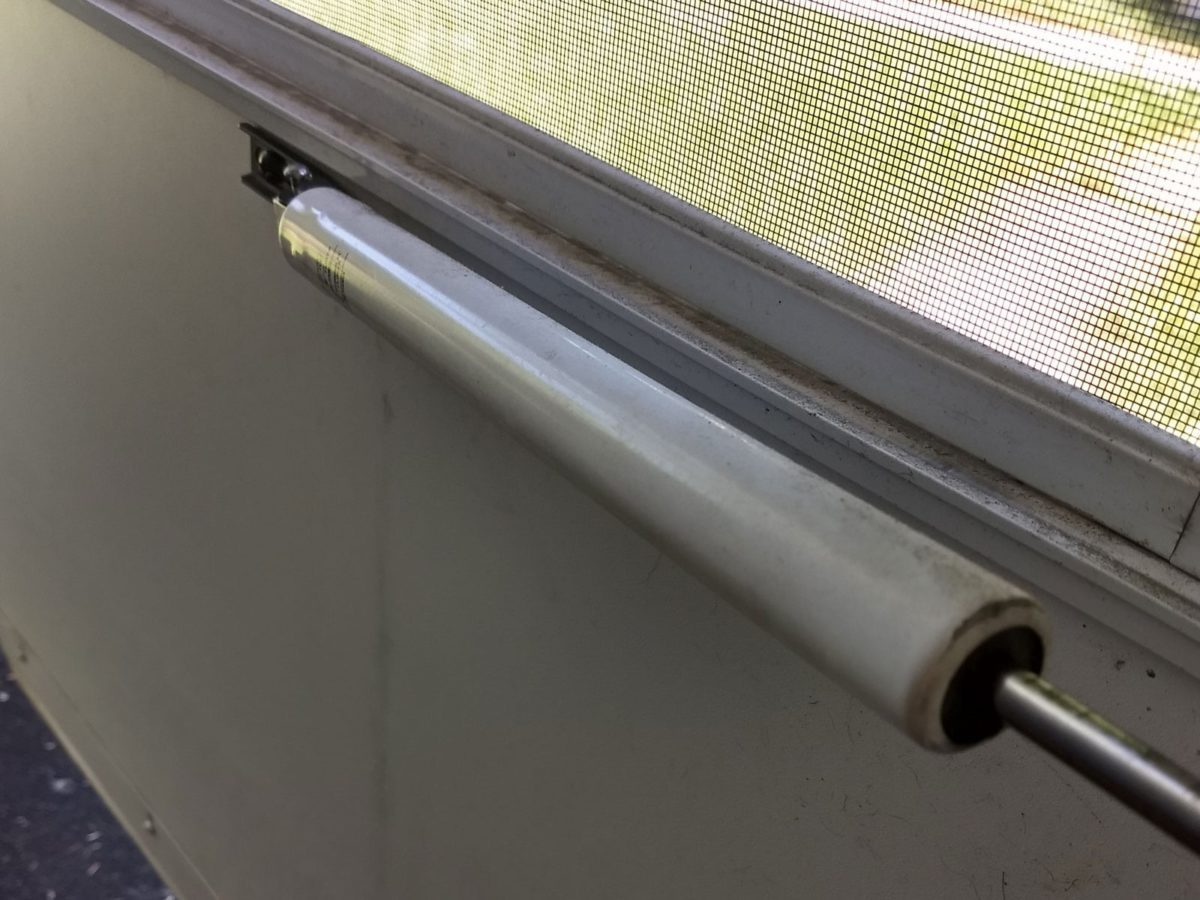

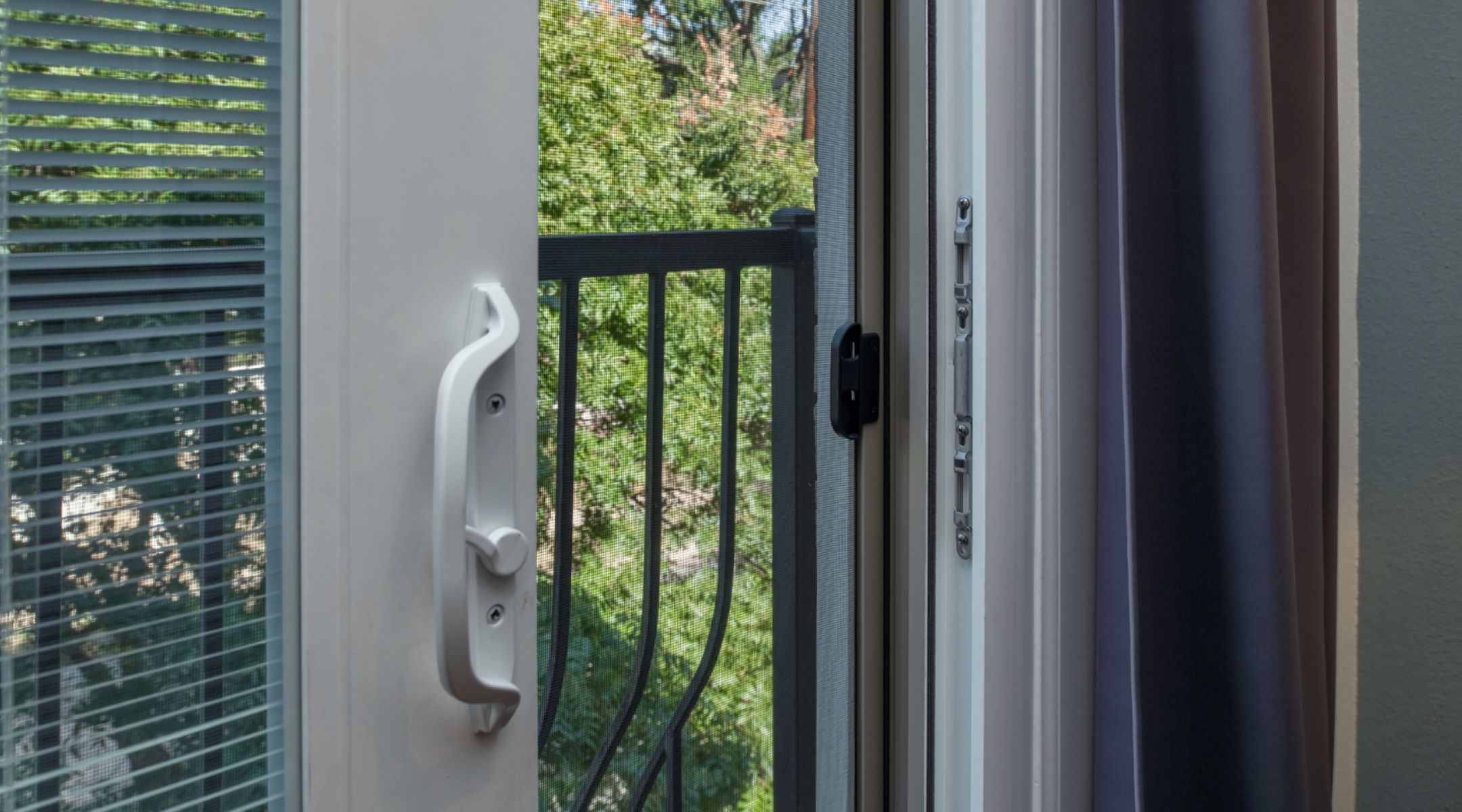

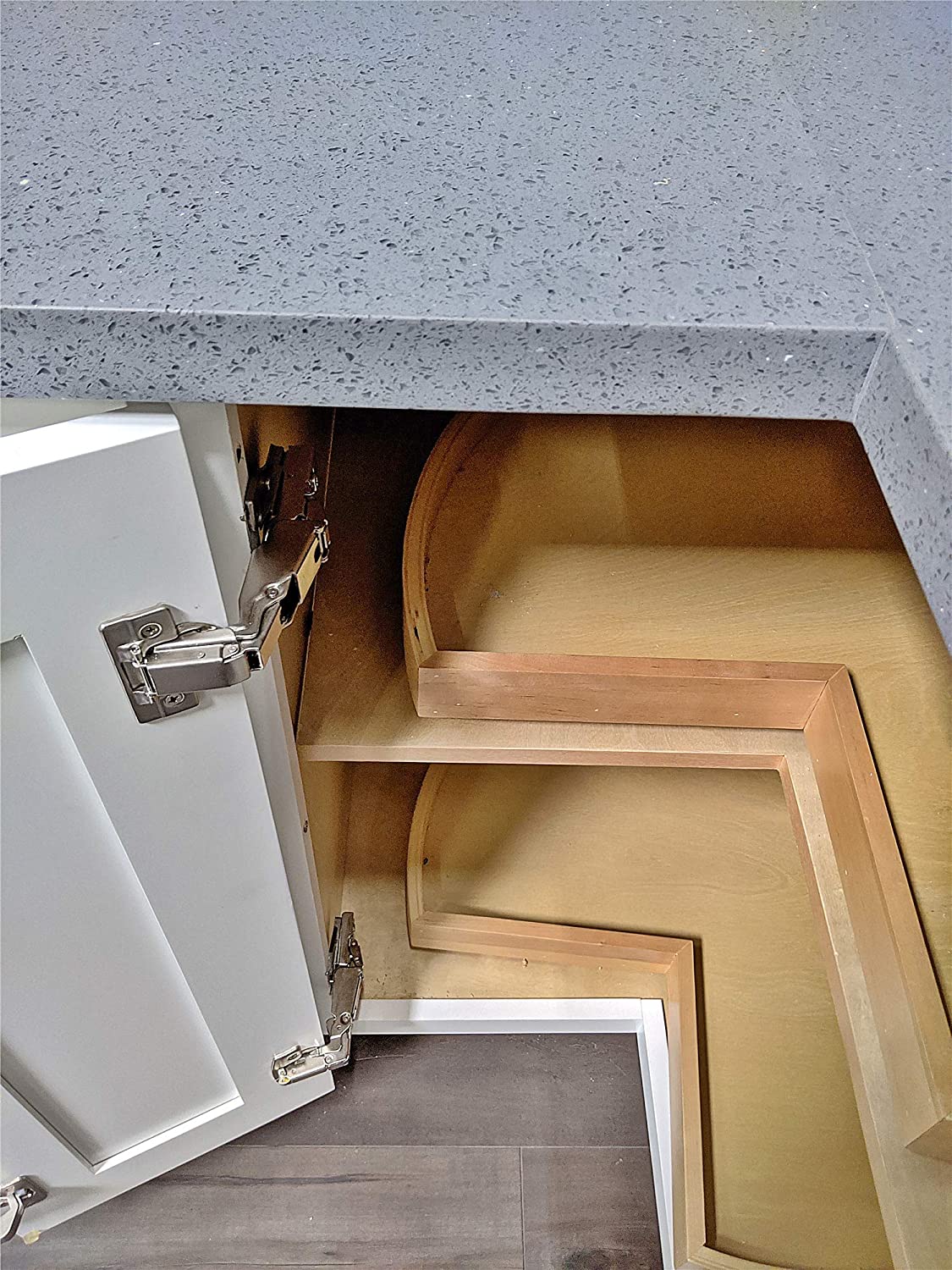
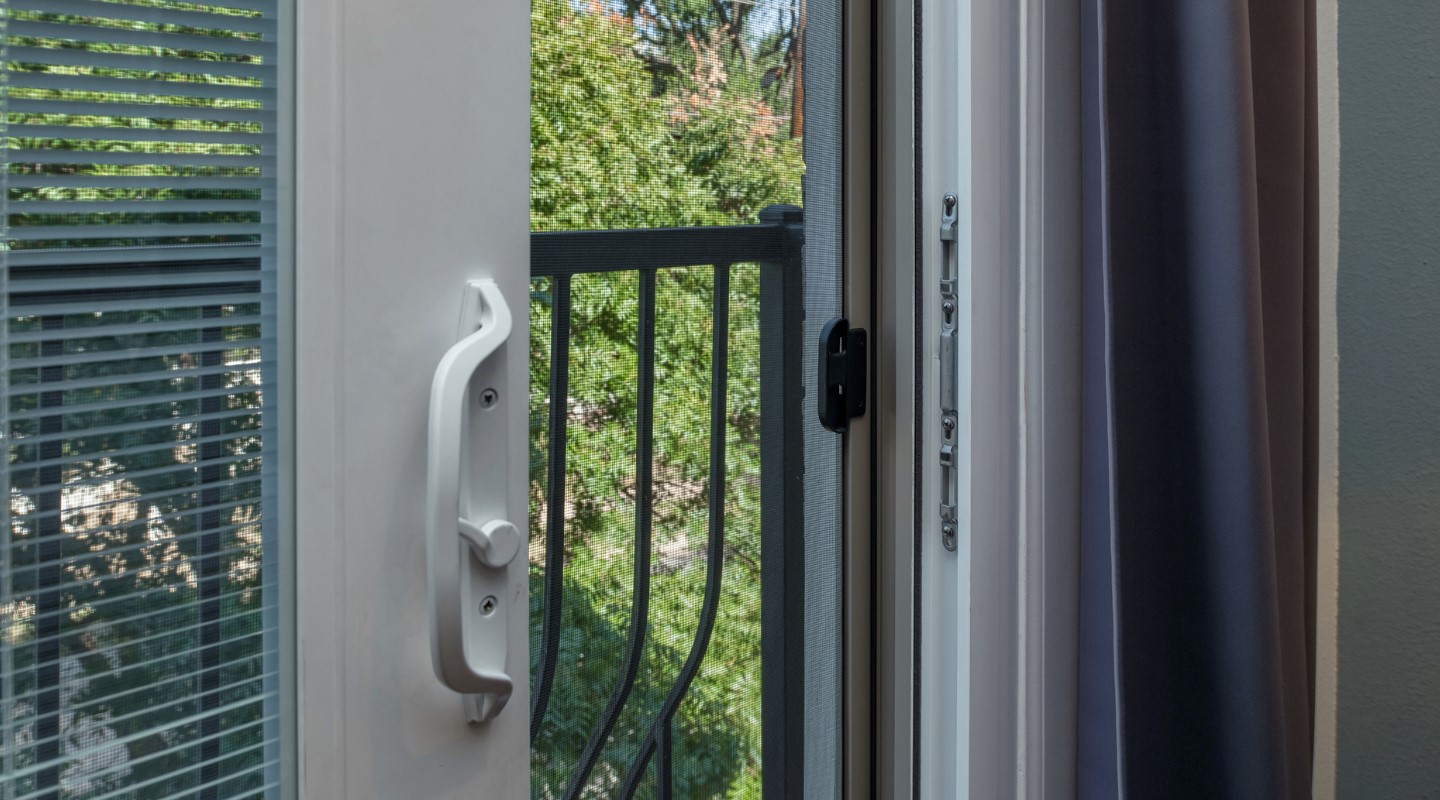
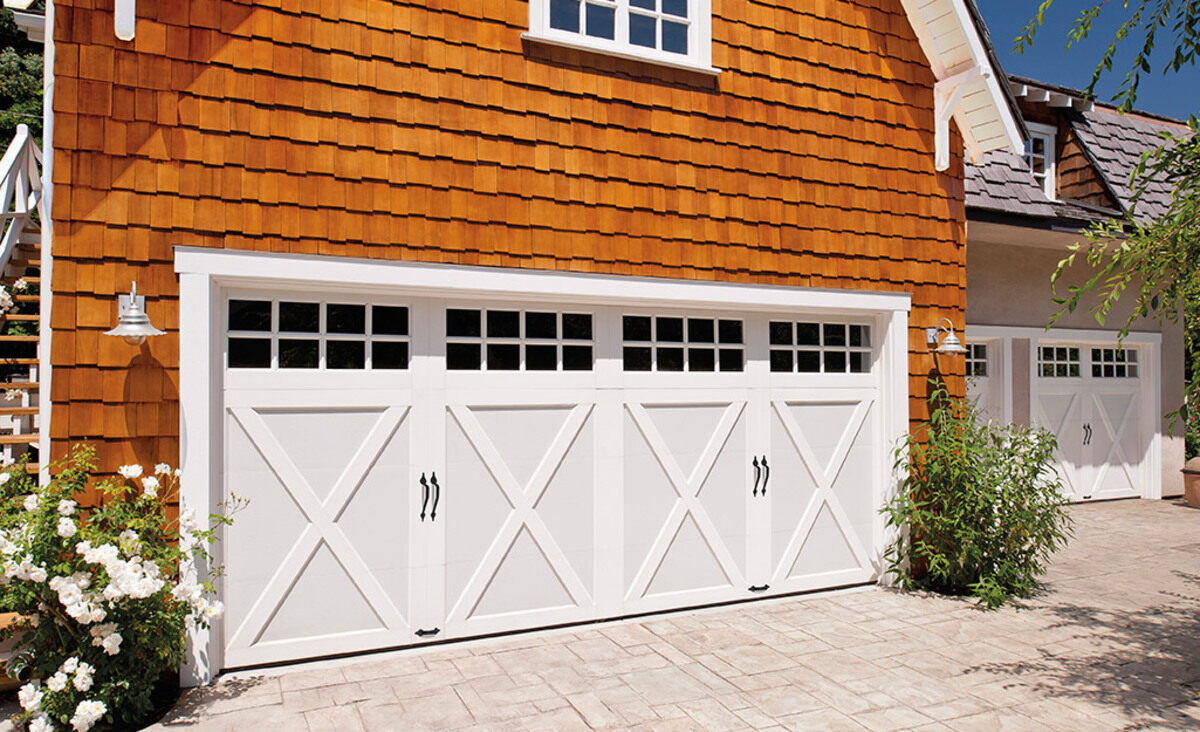

0 thoughts on “How To Adjust A Garage Door”